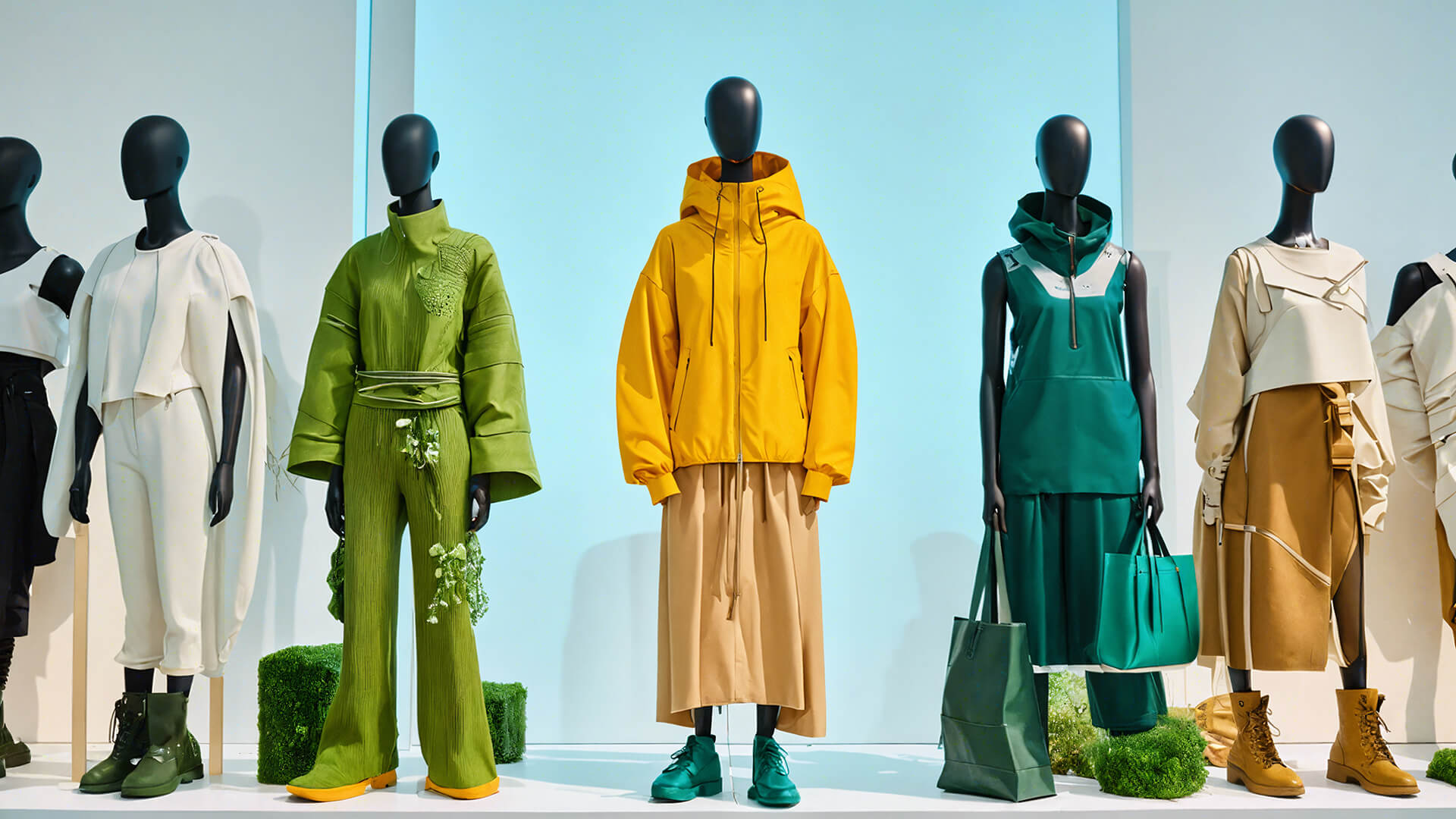5 talismans are helping us design a more desirable future

What can a heartbeat, a pair of tweezers, a hotdog, a parrot, and an apple tell us about what’s coming?
We’re already living in the future. We’ve had small computers in our pockets for almost two decades that have more computing power than the first space missions. We have cars that drive themselves. There’s a man out there who has a Neuralink chip implanted in his brain, allowing him to control Mario Kart. This is the stuff of futuristic science fiction—except it’s our reality.
And already, we’ve begun to chart the next era of humanity and technology, as we live out the initial stages and repercussions of the technological, social, and political future that we and others drafted as designers of technology. But this future that we now live in has us asking some panicked questions about what the next one will mean for our jobs, the environment, and our kids. Because we’re realizing: This future we’ve created is not good enough.
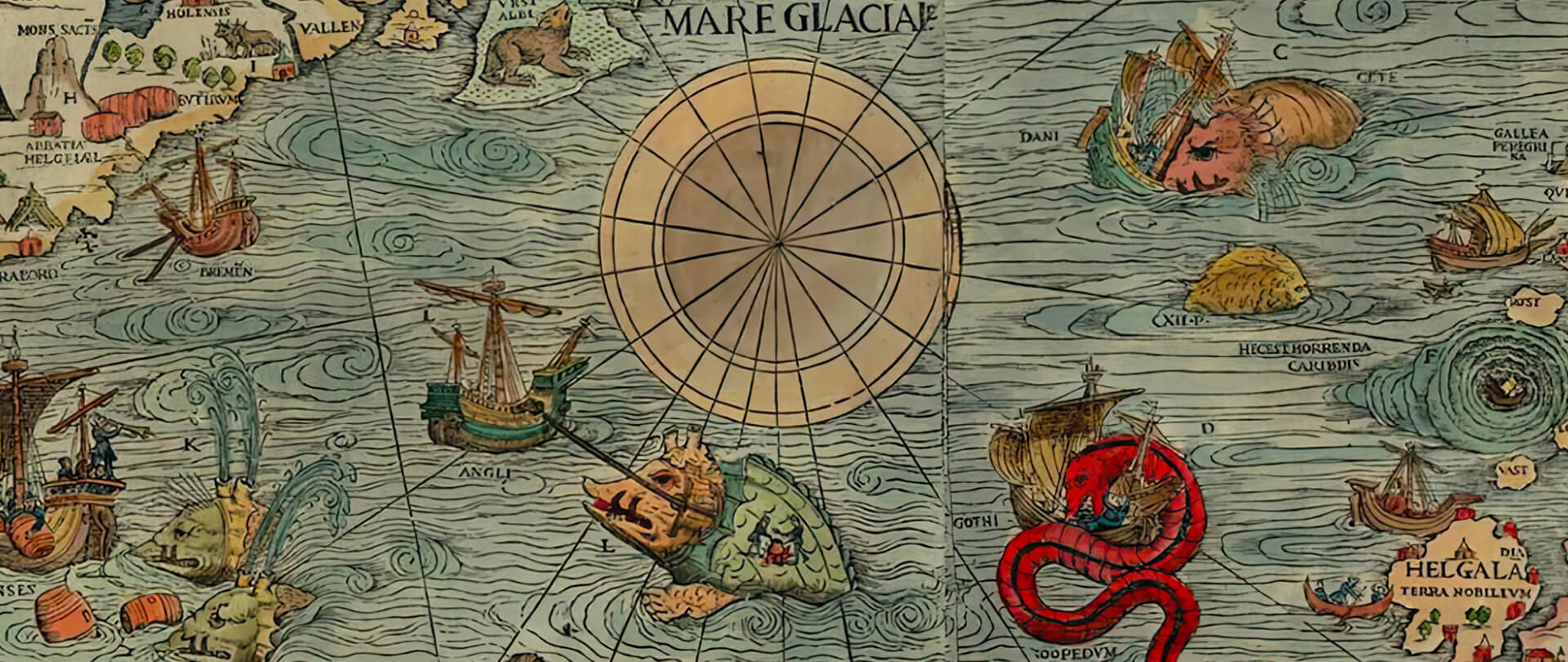
Early cartographers once depicted the vast oceans on ancient maps with intricate illustrations, often accompanied by the warning, "Here Be dragons." These words marked the thresholds of the unknown world, the entry point to unknown realms. In his essay “Here Be Dragons,” James Baldwin pushes us to consider what it looks like to meet those shores with curiosity, empathy, and compassion, to use moments of facing the unknown to overcome fear and uncertainty. Right now is a moment to be brave: Not to react with fear and step back from the edge, but to dive in and see what we find and if we can make the future better, together.
To accompany us in our journey to design a better future, we’ve created a set of talismans that represent what we already know about what’s coming.

1. Eve’s apple: We can’t go back to reality
We’re building a world of deepfakes, synthetic humans, and invented K-pop bands. The real, the invented, and the generated are blending more every day.
Think about U.K.-based Synthesia, which makes tools that can turn a one-off performance by an actor into an endless stream of deepfake avatars, reciting whatever script you give them at the push of a button. According to the company, its tech is now used by 56 percent of Fortune 100 companies.
Hyperreality is here, and we can’t go back—so let’s see where it takes us. What if the debate between “real” and “fake” becomes irrelevant? Maybe our creative expressions will no longer be bound by the limits of human imagination.
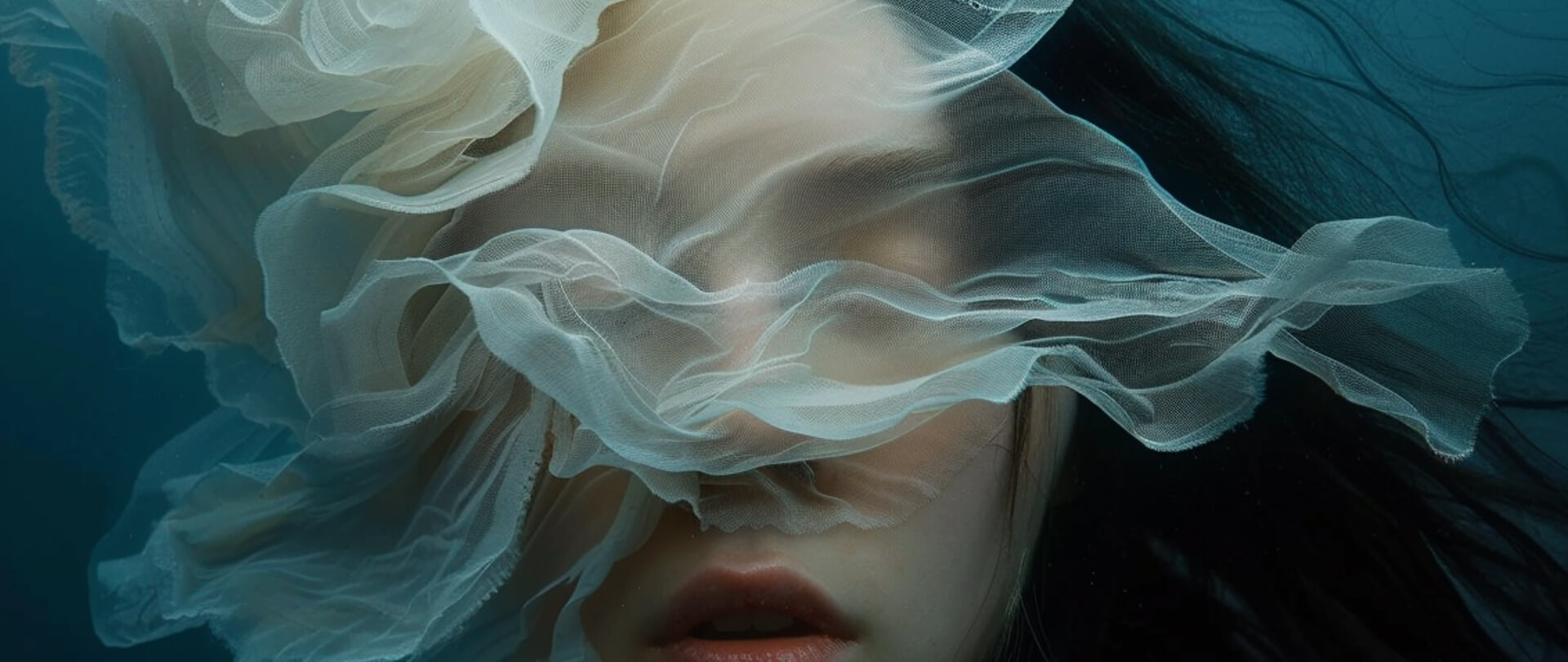
2. The heartbeat: Everything is alive
To be alive is to breathe, to pulse, to love, or to dream. But what if life also emerges from calculations, from quanta, and from superpositions? The sharp line between animate and inanimate is blurring, fading, and vanishing fast; life is no longer limited to the organic. What if this is the end of human exceptionalism? What if every object around us becomes alive?
These questions inspire projects like Hume AI’s Empathic Voice Interface (EVI) and ChatGPT-4o, which interpret emotional expressions and generate empathic responses. With systems like these, technology feels more “alive,” because it can understand and react to human emotions with nuance. We can have full conversations with a machine that almost feels like a living being.
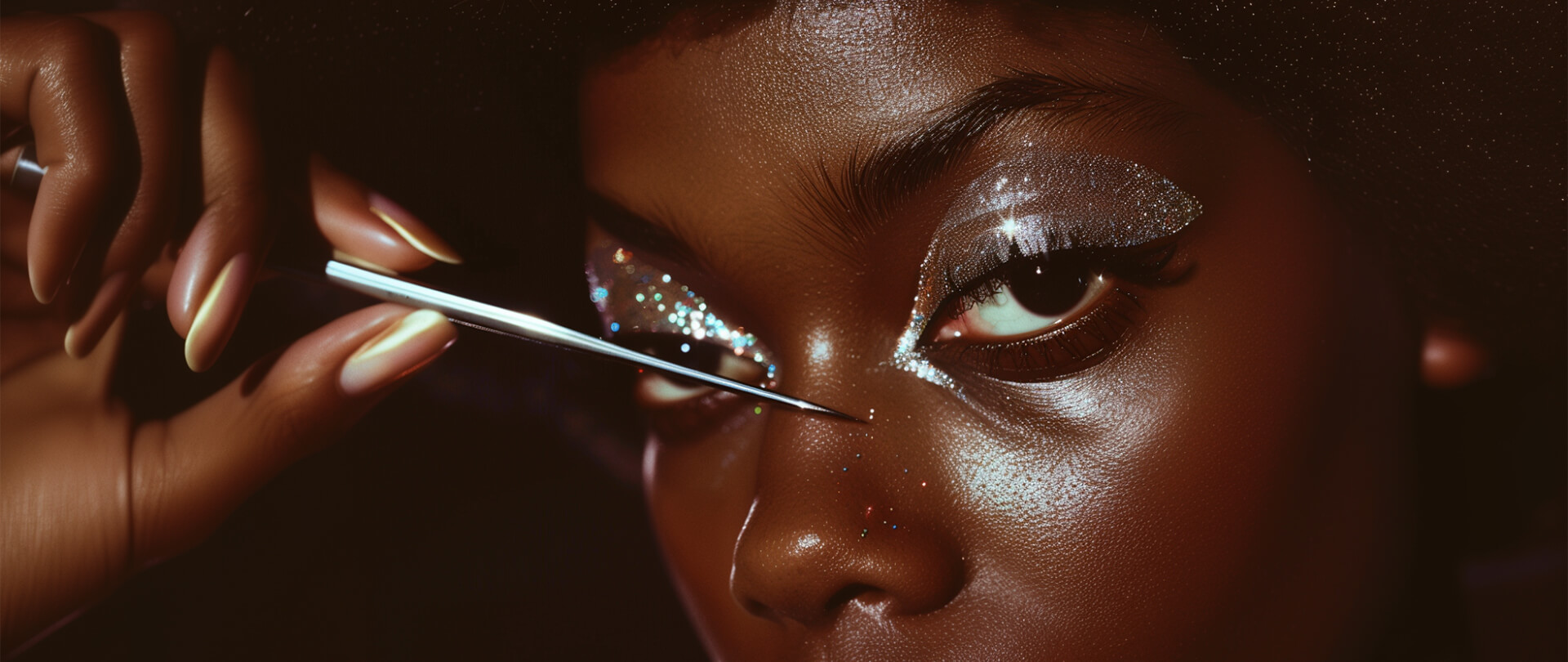
3. The Tweezer: Develop taste and precision
In a future of abundant AI-generated content, anyone can create anything, at any time. This means an explosion of creative output, no longer constrained by cultivation of craft.
In this world, we’ll have to select and curate experiences. Otherwise, we’ll drown in options. So, what if taste becomes a valuable currency? Imagine if finding compelling worlds was more valuable than making them.
Consider Pharrell Williams’s role as Louis Vuitton's Men's Creative Director. Broadly known as a musician, he’s an example of a broader trend in the luxury fashion industry, where the role of a creative director evolves beyond traditional design skills. Now, it can include curating and connecting broad artistic expressions to form and build new kinds of media that stand out among the noise.
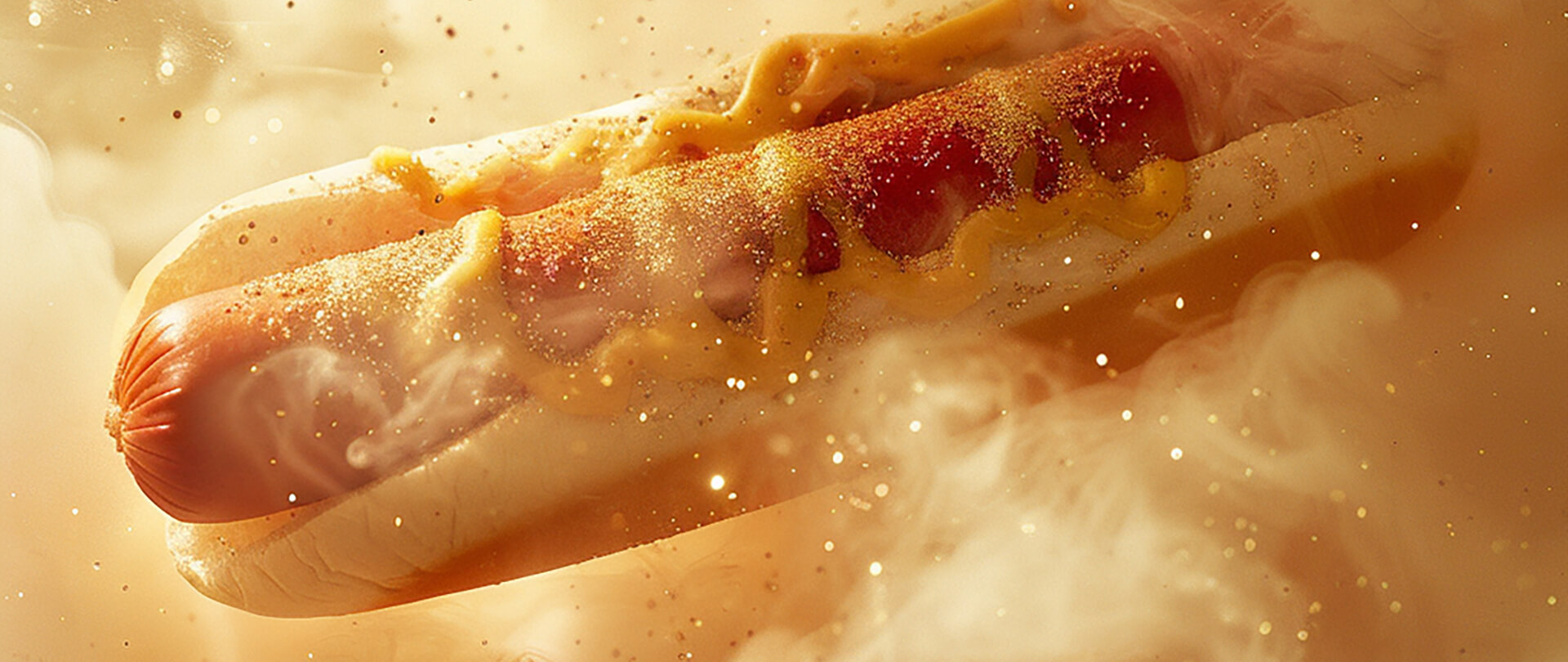
4. The Hotdog: Orchestrate digital ingredients
More and more, technology is moving from standalone apps to integrated and embedded functions. At WWDC, Apple Intelligence presented visions of technology that can seamlessly anticipate our needs and meet them. Instead of flipping through apps to find recipes for a dinner party, a system like this could come up with a menu based on guests’ dietary preferences, choose a date that fits calendars, and order groceries. Similarly, the vision from the movie Her, which ChatGPT is largely modeled after, is an all-in-one voice assistant that knows all of our needs and preferences, and supports our emotional and social wellbeing—and even provides a romantic connection.
Let’s lean into that trend. Picture technology acting as an innate extension of oneself, rather than as isolated tools. The essential skill is no longer using different apps to complete a task, but mastering the orchestration of digital agents.
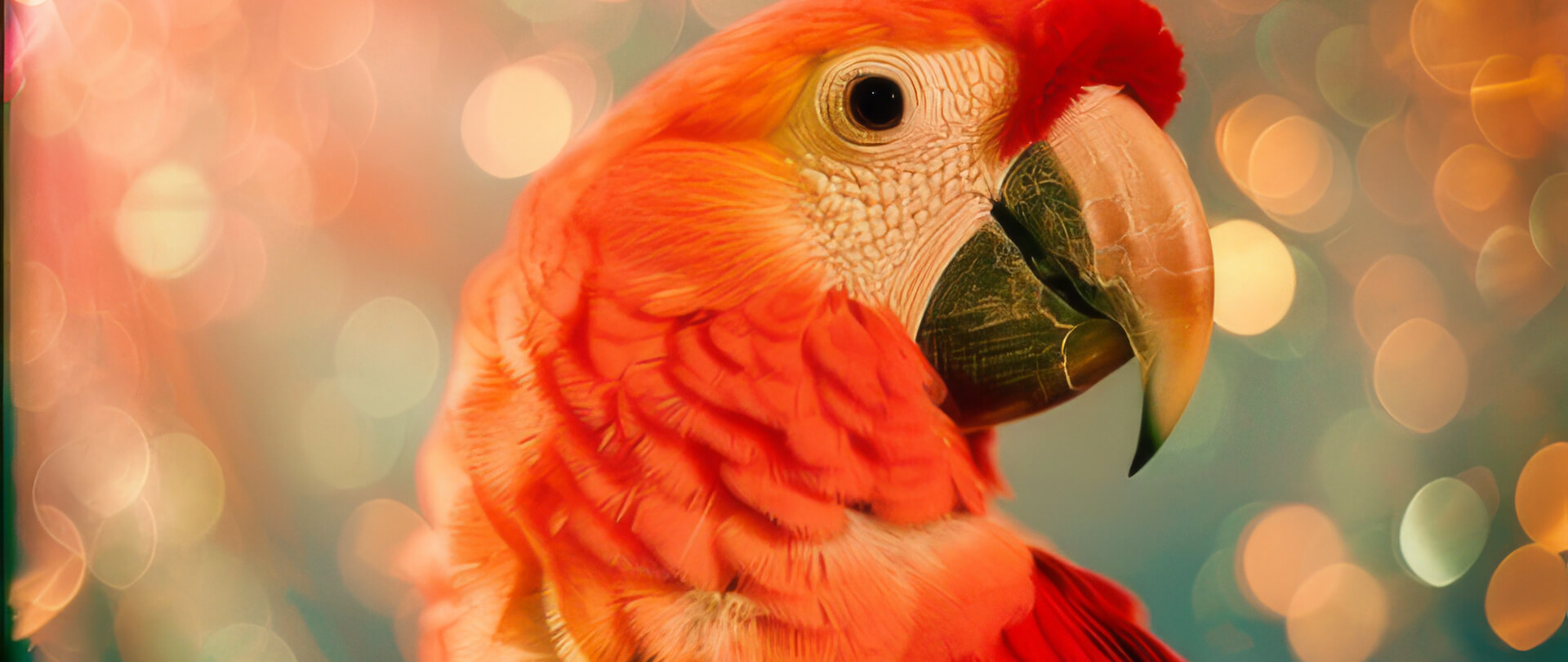
5. The Parrot: How to bridge realms
Words matter. But there are so many more ways to communicate, many that humans have never been able to access—until now.
We’re leaving behind the confines of human-to-human communication, and unlocking the secret languages of animals, natural systems, and time. Think about the Earth Species Project, which has been working for the better part of a decade to use AI to decode animal language to support conservation.
So, what if we could decipher the dialogues of the animal kingdom? What if translations could capture the essence of cultures and the subtleties of metaphors? Imagine if we could bridge the ultimate divide—time itself.
In their TeleAbsence series, researchers like the MIT Media Lab’s Hiroshi Ishii and D. Pillis are experimenting with technologies to facilitate dialogues with digital renditions of those we've lost, redefining our concepts of connection and presence. Their project, MirrorFugue, is a piano that captures how a loved one plays, and then plays itself back, allowing you to touch the keys and feel the piano move as it would if they were actually playing it.
Thanks to these talismans, we have a sense of what’s beyond the edge of the map, the future that lies beyond. But, if we want to be the ones to draw the map, we have to live in the real world. And that means folding in not just pie-in-the-sky ideals, but building the best version of business and commerce. So how do you make sure we build the future we want, while creating a future that makes commercial sense?
We believe that great design commercializes emerging technology by marrying what’s possible with what people want and need. That’s the future we’re working to build. As we listen to the panicked questions, let’s unpack the human needs behind them, mapping them to the incredible potential of technology, designing a future that we want to live in.
What is the future you want to live in? Let us know: ai@ideo.com
Words and art






Subscribe

.svg)








